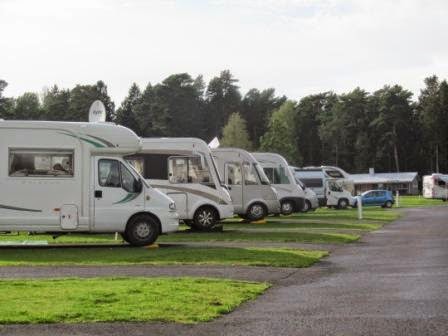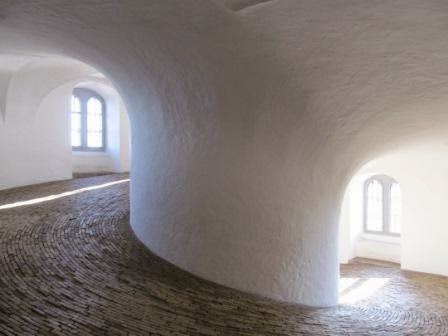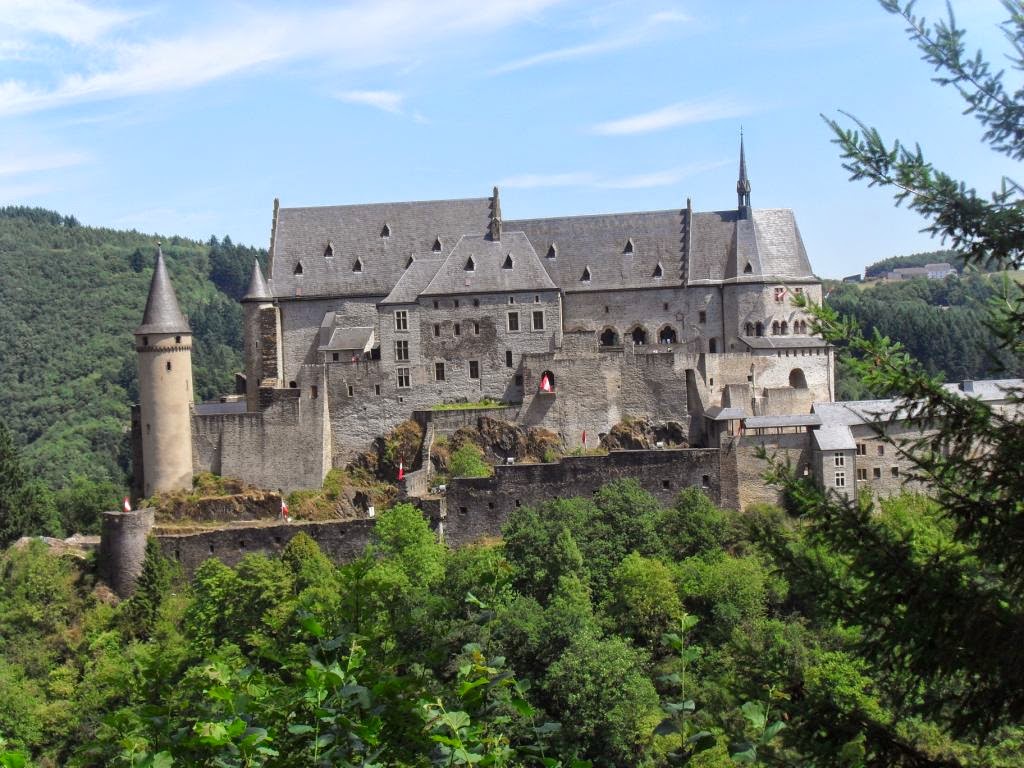 |
| Wooded site near Arnhem with private bathroom block! |
We have experienced the full range in our time with some that we would go back to again and again, some that were OK and very few that we thought were completely awful.
There are some general rules of thumb that you can apply when choosing a site:
1. Use one of the big "schemes". There are plenty available - the main ones being ACSI or Alan Rogers. Both guarantee a certain standard. We have used both very successfully.
2. There are several smaller schemes some of which are country-specific, such as Vekabo 'minicampings' in Holland, which are worth considering.
3. Use a 'chain'. This could be the very large holiday businesses that operate multiple sites, or independents that have grouped together. In either case they are very protective of their 'brand' and usually work hard to maintain standards.
 |
| ACSI inspected site on a lake near Dieppe |
4. Go on recommendation. Use Trip Advisor or any of the the other independent review sites. If someone has taken the trouble to do a review that normally means it was particularly good or bad.
5. Be realistic in tourist hot spots. Campsites in tourist hot spots don't normally have to try too hard to fill their spaces and some get very complacent. Consider using a site a bit further away from the hotspot and travelling in by public transport.
6. City centre sites can be crowded and very urban (obviously). This might be fine, or you might choose to stay further out. We have stayed on urban sites in Stockholm, Paris, Tallinn, Budapest etc which are pretty basic with stretched facilities and lots of (sometimes noisy) young people. However these sites are slap bang in the cities so you can live with it.
7. Be aware of what 'type' of site you are staying on. For example, in France the Camping en Plain Aire or Camping a la Ferme are likely to be rural, probably fairly basic, small, privateley owned and usually fantastic little places in amazing locations.
 |
| Genuine 5-star site in Linkoping. Dedicated fully serviced hard-standing motorhome pitches. Excellent facilities and restaurant. |
8. Be wary of five star sites. Stars are often awarded arbitrarily and at best relate to the range of facilities rather than the quality. Some of the worst sites we have stayed on have been classified as five star!














































